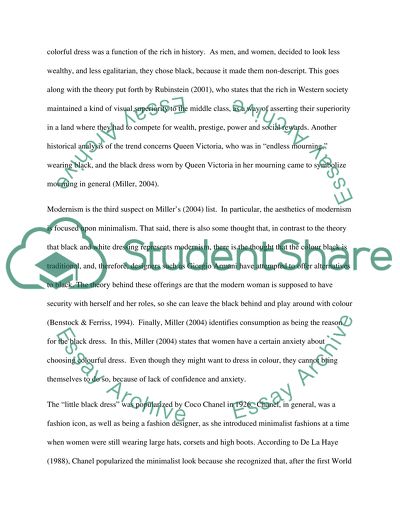Cite this document
(“The relation of color psychology in Fashion Design Research Paper”, n.d.)
Retrieved from https://studentshare.org/visual-arts-film-studies/1457326-the-relation-of-color-psychology-in-fashion-design
Retrieved from https://studentshare.org/visual-arts-film-studies/1457326-the-relation-of-color-psychology-in-fashion-design
(The Relation of Color Psychology in Fashion Design Research Paper)
https://studentshare.org/visual-arts-film-studies/1457326-the-relation-of-color-psychology-in-fashion-design.
https://studentshare.org/visual-arts-film-studies/1457326-the-relation-of-color-psychology-in-fashion-design.
“The Relation of Color Psychology in Fashion Design Research Paper”, n.d. https://studentshare.org/visual-arts-film-studies/1457326-the-relation-of-color-psychology-in-fashion-design.


